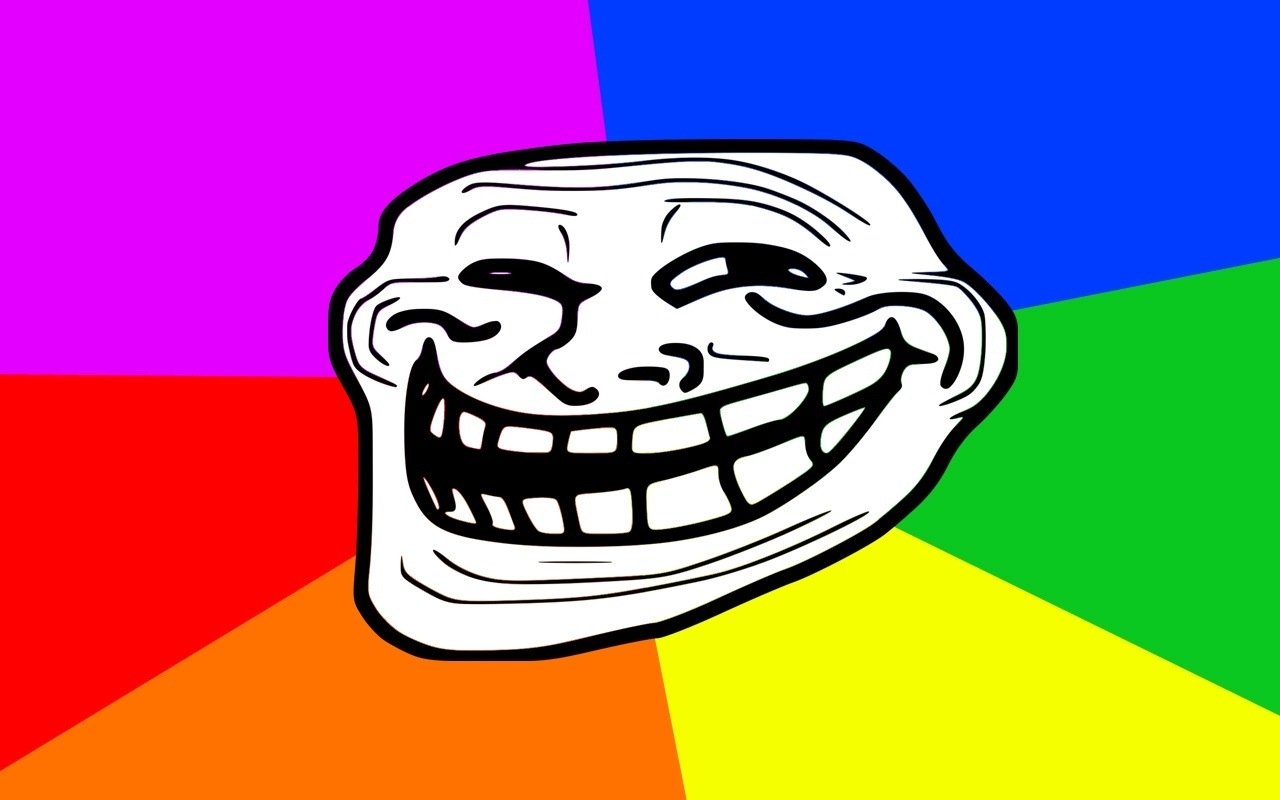Australian tabloid news show, Today Tonight is crying foul about being trolled by comedian professional troll, Tristan Barker.
An associate of Barker’s told Today Tonight she had been bullied by Barber and the tabloid bought it, running a heavily promoted story about how they had found another victim of Tristan Barker. A Today Tonight executive producer rather huffily complained that the “victim” was nothing but an “attention seeker” and that “We found evidence to suggest that she had been bullied by Tristan Barker…when people are using fake names it gets very difficult to control.”
Clearly research is not a strong point for the Today Tonight team.
This fascinating story highlights how the digital technologies have transformed the media landscape in Australia. Tabloid’s, the traditional trollers par excellence are now out-trolled by a small group of people with nothing more than Facebook and YouTube accounts, thousands of loyal fans, and finely honed social media instincts. The position of tabloids at the top of the trolling trash-heap has been usurped by the members of the digital generation.
Without putting too fine a point on it, this is another sign of how digital technologies are transforming Australia, in this case by democratisating the Australian media.
The tabloids haven’t always been on the defensive. The nineties were the heyday for tabloid media and current affairs shows. They commanded huge audiences and were the great opinion makers for the wider community of red-neck workers home in time to watch Ray Martin or Mike Munro on the telly. The Internet had no real penetration in the home until the very late 1990s and was certainly not a source of news, gossip, information, and opinion. It was more a source of confusion for Australian families as they wondered what it could be used for. Real news came from the Herald Sun or Daily Telegraph in the mornings, and Channel Nine in the evenings.
In 1996, Mike Munro, the public face of Australia’s number one tabloid current affairs show discovered a that brother and sister, Shane and Bindi Paxton from Melbourne’s northern suburbs had been on the dole for a long time. Munro decided that the Paxton’s were emblematic of the general dole bludger problem and to expose them, offered them a job in Hamilton island so they could highlight how dole bludgers didn’t want to work. The most shameful part of the whole episode was that the producers had told the Paxton’s that they wanted to help the family find work.
Compare this story to the story to the story about how the poor Today Tonight producers were duped. One is about how a large and powerful organisation lied to some unemployed kids to sell some ads, and the other is about how some kids lied to a large and powerful organisation to expose them as a being pretty crap at journalism. Both are narcissistic trolls, but the latter has a pretty valid argument. I know which I would prefer to have a beer with.
Public defacing of the Facebook pages dedicated to deceased children aside, digital technologies have given voice to a generation whose parents had to be content with scribbling on walls, tagging trains, and publishing zines. The media landscape consisted of a centralized media dominated by an oligarchy (Murdoch, Packer, Fairfax) and a passive consumer. The Internet has enabled independent voices like Crikey, New Matilda, Grog’s Gamut, Larvatus Prodeo, and Tristan Barker to proliferate and foster the distribution of a diverse set of ideas. At the same time TV and newspaper revenues have been declining significantly with News Ltd, Fairfax, Channels Nine, and Ten all experiencing negative growth in revenue and profit. Things are changing fast and the future of media is flat, digital, and heterogeneous.
What is yet to be proven is if talented digital natives like Tristan Barker can evolve from tabloid trolling to producing serious, insightful, and analytical content. The future of our media is in their hands.

